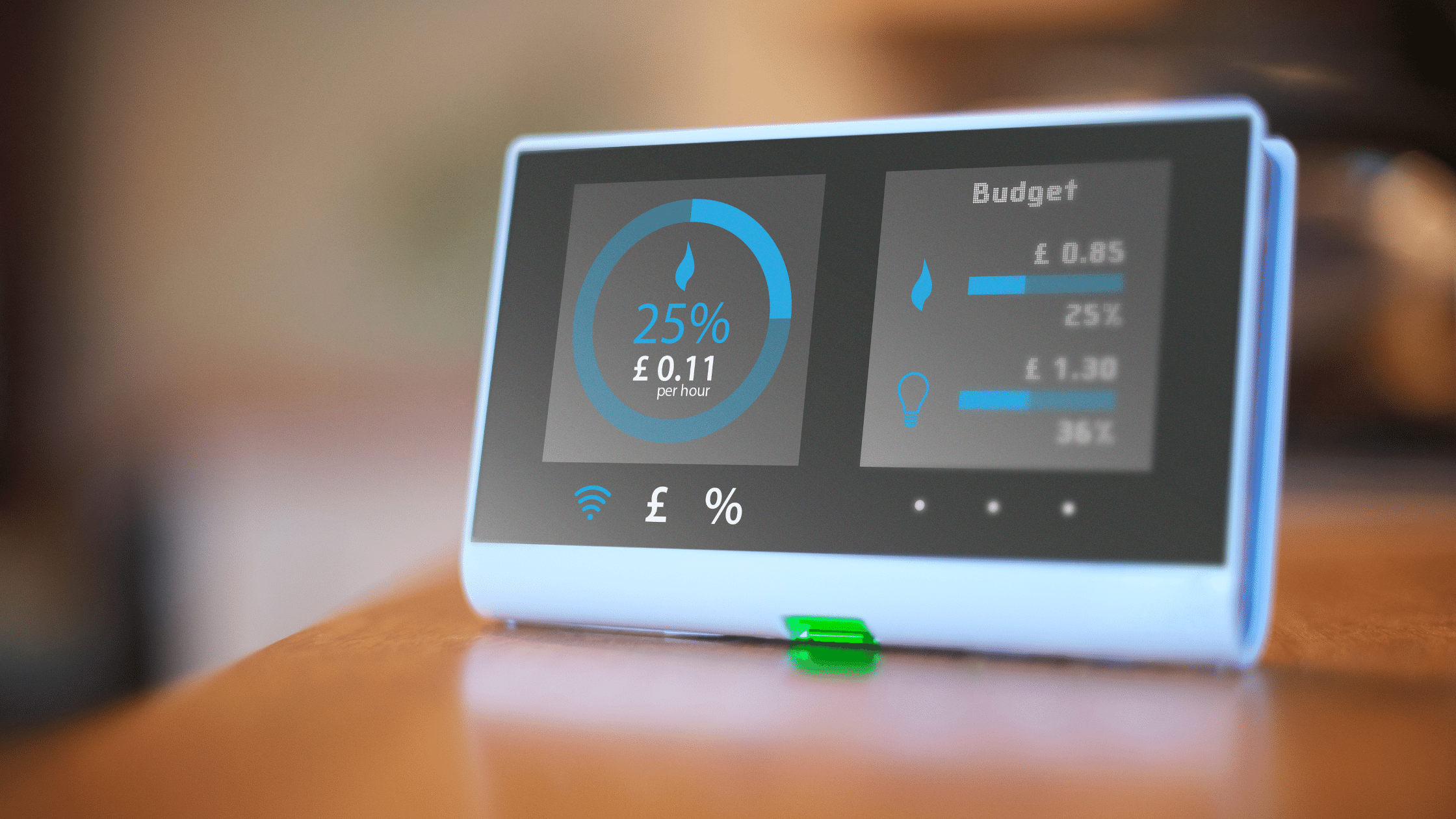How to improve your EPC rating
The energy efficiency rating of rental properties has become a topic of hot debate (no pun intended) in the private rental sector. In 2018, changes to Minimum Energy Efficiency Standards regulations meant landlords needed a rating of at least E on their EPC before their property could be legally advertised for let. Then, in 2021 further modifications to the MEES were proposed and are set to come into effect in 2025. As a landlord, it’s important to stay ahead of changing energy efficiency standards while also making your property greener, so that it contributes to reducing carbon emissions.
In this guide, we’ve got everything you need to know about improving your EPC rating and how to make your property investment more environmentally sustainable.
What’s happening in 2025?
The government announced changes to the Minimum Energy Efficiency Standards for England and Wales, proposing that all rental properties must have an EPC rating of C or higher prior to a new tenancy as of 1st April 2025. There will be 'compliance window' during which landlords must make improvements before the new higher minimum threshold is applied all tenancies (both new and existing) from 1st April 2028. Landlords who fail to comply face penalties between £5,000 and £30,000.
Why is the change coming into effect?
The government is hoping that regulation changes will make more homes more energy-efficient, thus reducing carbon emissions on the way to the UK, reaching net-zero by 2050. It also means that tenants will pay lower utility bills as they consume less energy.
What are the current EPC regulations for landlords?
From 2018, landlords were required to have an EPC rating of E or higher for new tenancies. That’s now changed to all tenancies, and any rental home without at least a rating of E cannot be legally let.
Just to clarify: what is an EPC?
EPC stands for energy performance certificate and is required for all homes in the UK. It states the energy efficiency of a property, rating it from A to G, with A representing an energy-efficient home and G representing one that isn’t resourceful.
A Domestic Energy Assessor carries out the EPC, which is valid for 10 years. As part of the inspection, the assessor looks at:
- The windows
- Year the property was built
- Roof, walls and insulation
- Building measurements
- Boilers and heating systems
- Fireplaces
- Lighting
- Renewable energy devices
After the assessment, all of the above is considered, with the property awarded a rating. EPCs also carry an Environmental Impact Rating, which uses the government’s Standard Assessment Procedure (SAP) to give you a numerical score from 1-100 SAP points.
How do I check my EPC rating?
You can find your EPC here if you don’t already know it or cannot locate the report. The report provides a rating as well as a breakdown of what’s needed to improve your EPC. All reports are accompanied by a section of recommended actions that lists cost-effective measures to improve energy efficiency.
Suggestions may include actions like ‘improve insulation’. You can go through the recommended improvements and see where it might be possible to make changes and upgrade your energy performance rating.
How can I improve my EPC rating?

Update: In the spring statement on 23rd March 2022, Rishi Sunak announced that VAT on green home improvements will be cut from 5% to zero for the next 5 years. This means that homeowners will save significant amounts in tax when installing solar panels, heat pumps, and insulation.




